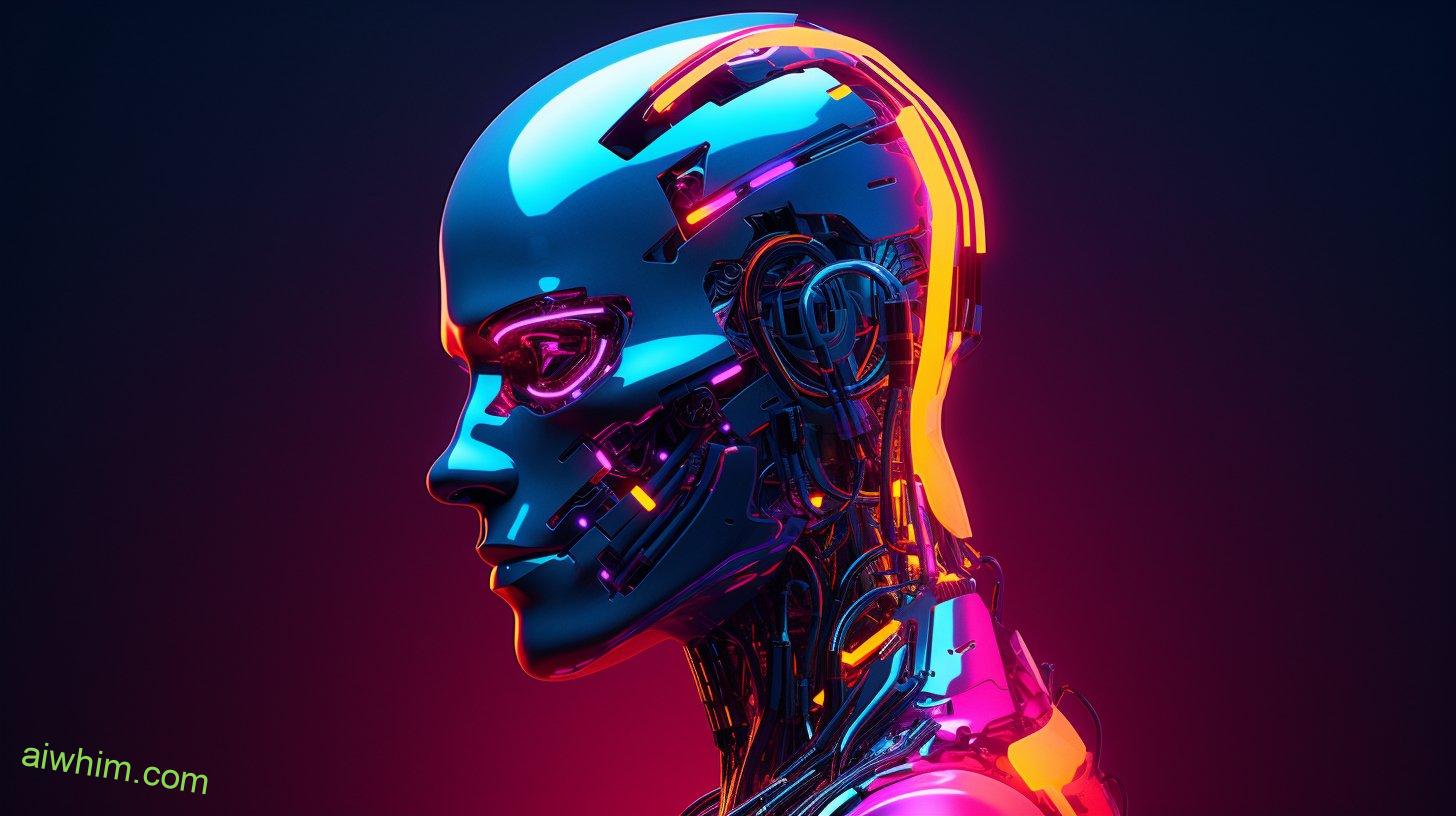Do you ever feel like a cog in the machine, trapped in the repetitive world of civil drafting? Well, what if I told you there’s a possibility that AI could liberate you from this mundane existence?
In this article, we will explore the potential impact of artificial intelligence on civil drafting and whether it has the power to eliminate the need for human drafters.
So sit back, relax, and let’s dive into a future where freedom from monotonous tasks might be just around the corner.
Key Takeaways
- AI-powered technologies have shown progress in automating drafting tasks and providing faster and more accurate results.
- AI technology streamlines the drafting process, catches mistakes that may go unnoticed by humans, and offers user-friendly tools.
- AI improves efficiency by automating tasks, reducing errors, and freeing up time for complex and creative aspects of drafting.
- Collaboration between human drafters and AI can be invaluable, combining human creativity with AI efficiency to achieve optimal results.
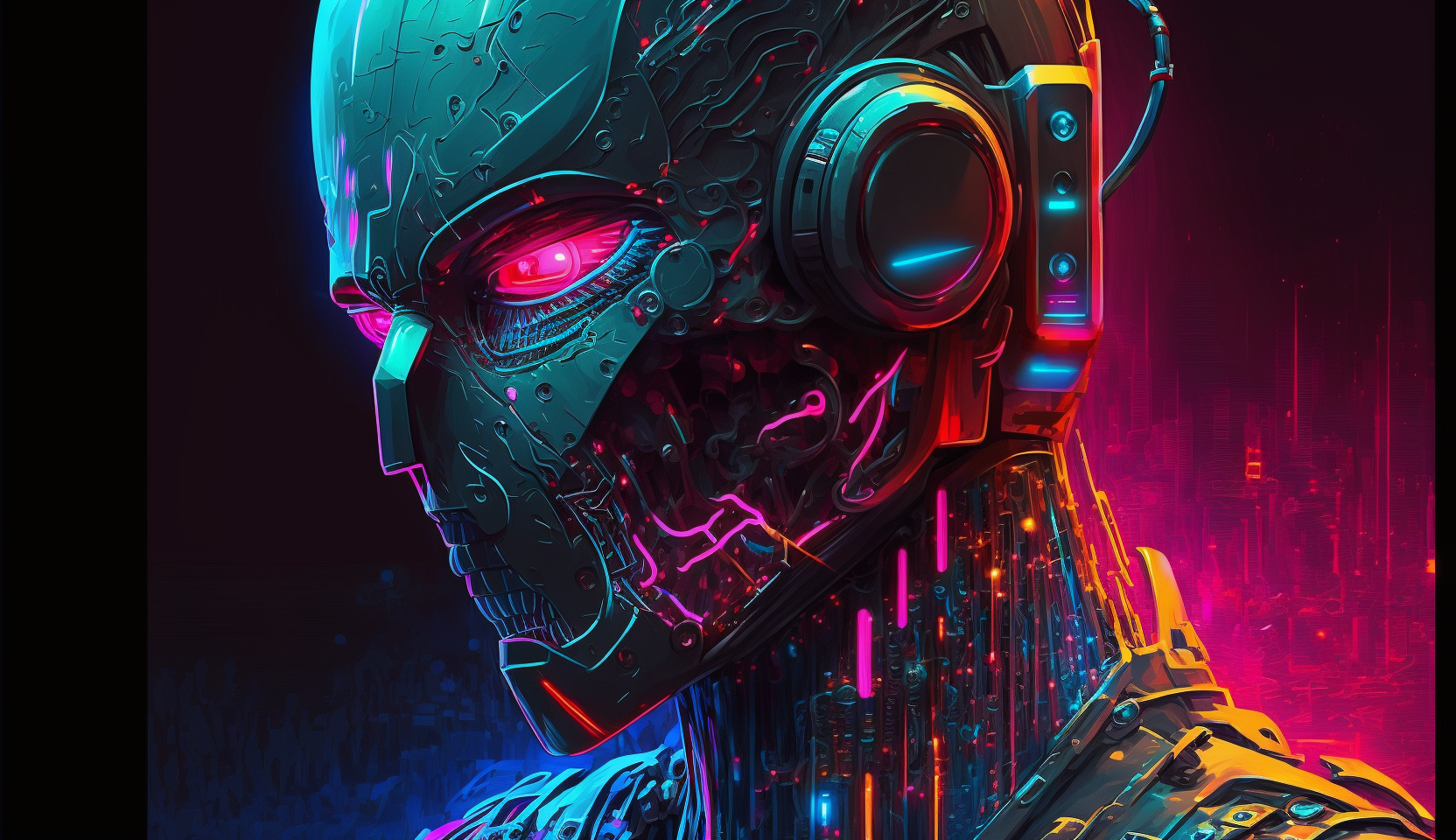
The Role of Civil Drafters in the Industry
Civil drafters play a crucial role in the industry, but could AI eliminate the need for them? As someone who values freedom and autonomy, it’s important to understand the role of civil drafters and how automation in drafting could potentially impact their job prospects.
Civil drafters are essential in translating engineering designs into technical drawings and plans. They use computer-aided design (CAD) software to create accurate and detailed drawings that serve as blueprints for construction projects. Their expertise lies in their ability to interpret complex engineering data and transform it into visual representations that can be easily understood by construction teams.
However, with advancements in artificial intelligence (AI), there is a growing concern about the potential impact on traditional drafting roles. AI-powered technologies have shown remarkable progress in automating various tasks, including drafting. Computer algorithms can analyze vast amounts of data and generate precise drafts at a much faster pace than human drafters.
While this may raise concerns about job security for civil drafters, it’s essential to remember that AI cannot completely replace human creativity, critical thinking, and problem-solving skills. Civil drafting requires not only technical proficiency but also an understanding of design principles, local building codes, and project requirements.
Furthermore, automation in drafting can actually enhance the work of civil drafters rather than replacing them entirely. With AI handling more routine tasks like generating initial drafts or making repetitive changes, civil drafters can focus on higher-level responsibilities such as quality control, reviewing design specifications, collaborating with engineers and architects to optimize designs, and ensuring compliance with regulations.
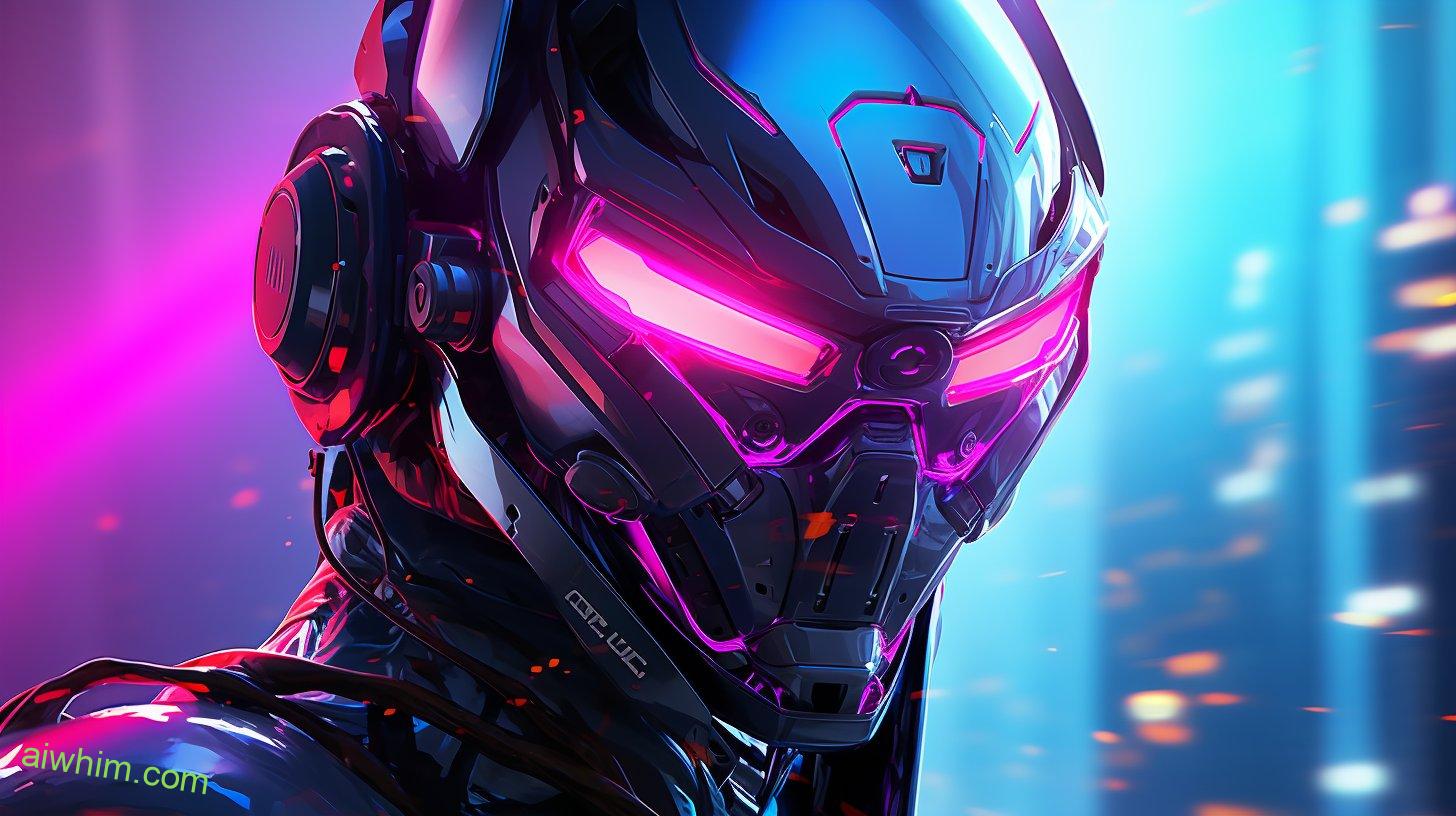
Understanding the Impact of AI in Drafting
The impact of AI in drafting is being thoroughly understood. With AI advancements, the possibilities seem endless. Imagine a future where you can draft civil documents effortlessly, freeing up your time to focus on more creative and strategic tasks. AI has the potential to revolutionize the drafting industry, providing faster and more accurate results.
AI advancements in drafting have already shown immense potential. Machine learning algorithms can analyze vast amounts of data and identify patterns that human drafters might miss. This allows for more precise drafting, reducing errors and improving overall quality. Additionally, AI-powered software can automate repetitive tasks like formatting or proofreading, saving you valuable time.
However, it’s important to acknowledge the limitations of AI in drafting as well. While machines can process data quickly, they still lack human judgment and intuition. Drafting often requires complex decision-making based on legal knowledge and context, which AI struggles to replicate accurately. Therefore, human drafters continue to play a crucial role in ensuring that legal documents are comprehensive and uphold legal standards.
Moreover, concerns regarding privacy and security arise when using AI in drafting processes. As sensitive information is shared with these systems, there is a need for robust cybersecurity measures to safeguard client data from potential breaches or misuse.

Advancements in AI Technology for Drafting
Advancements in AI technology for drafting are constantly expanding, offering new possibilities and streamlining the drafting process. With the rapid development of AI advancements, drafting technology has become more efficient and user-friendly than ever before. Gone are the days of spending hours manually reviewing and editing drafts; now, AI can take care of those tedious tasks for you.
Imagine a world where you have the freedom to focus on your creative ideas and strategic thinking, instead of being bogged down by mundane drafting tasks. Thanks to AI advancements in drafting technology, that world is becoming a reality. These advancements enable intelligent algorithms to analyze documents, identify errors or inconsistencies, and even suggest improvements or alternative phrasings.
Drafting with AI not only saves time but also ensures accuracy. AI-powered software can catch mistakes that may go unnoticed by human eyes, minimizing the risk of errors in legal or technical documents. Additionally, these tools can learn from previous projects and adapt their suggestions based on your preferences and style.
The beauty of these AI advancements is that they are accessible to everyone. You don’t need to be a tech expert to benefit from this technology; it’s designed with simplicity in mind. Whether you’re a professional drafter or an occasional user, you can easily integrate AI into your workflow without any hassle.
Embrace the freedom that comes with utilizing advanced AI technology for drafting. Let it handle repetitive tasks while you focus on unleashing your creativity and expertise. The future is here, offering endless possibilities for individuals who desire efficiency without compromising quality when it comes to drafting documents using cutting-edge technologies like AI advancements in drafting technology.

Potential Benefits of AI Adoption in Civil Drafting
Imagine how much time and effort could be saved by integrating AI into the drafting process, allowing you to focus on more complex and creative aspects of your work. By adopting AI technology in civil drafting, the potential benefits are immense.
One of the major advantages is improving efficiency. With AI, tasks that would normally take hours or even days can be completed in a fraction of the time. The software can automatically generate accurate and precise drafts, reducing the need for manual input and tedious revisions.
Not only does AI save time, but it also reduces errors. Humans are prone to mistakes, especially when dealing with repetitive tasks. However, AI algorithms are designed to perform flawlessly and consistently without getting tired or distracted. This means fewer errors in calculations, dimensions, and other critical details that could have significant consequences if overlooked.
By incorporating AI into civil drafting processes, you gain freedom from mundane and repetitive tasks that consume valuable time. Instead of spending hours manually drawing lines or adjusting measurements, you can focus on higher-level thinking and problem-solving. Your expertise will be better utilized in analyzing complex design challenges or exploring innovative solutions.
AI technology has the potential to revolutionize civil drafting by streamlining workflows and improving overall efficiency while reducing errors along the way. It empowers drafters like yourself to embrace greater creativity and innovation in your work.
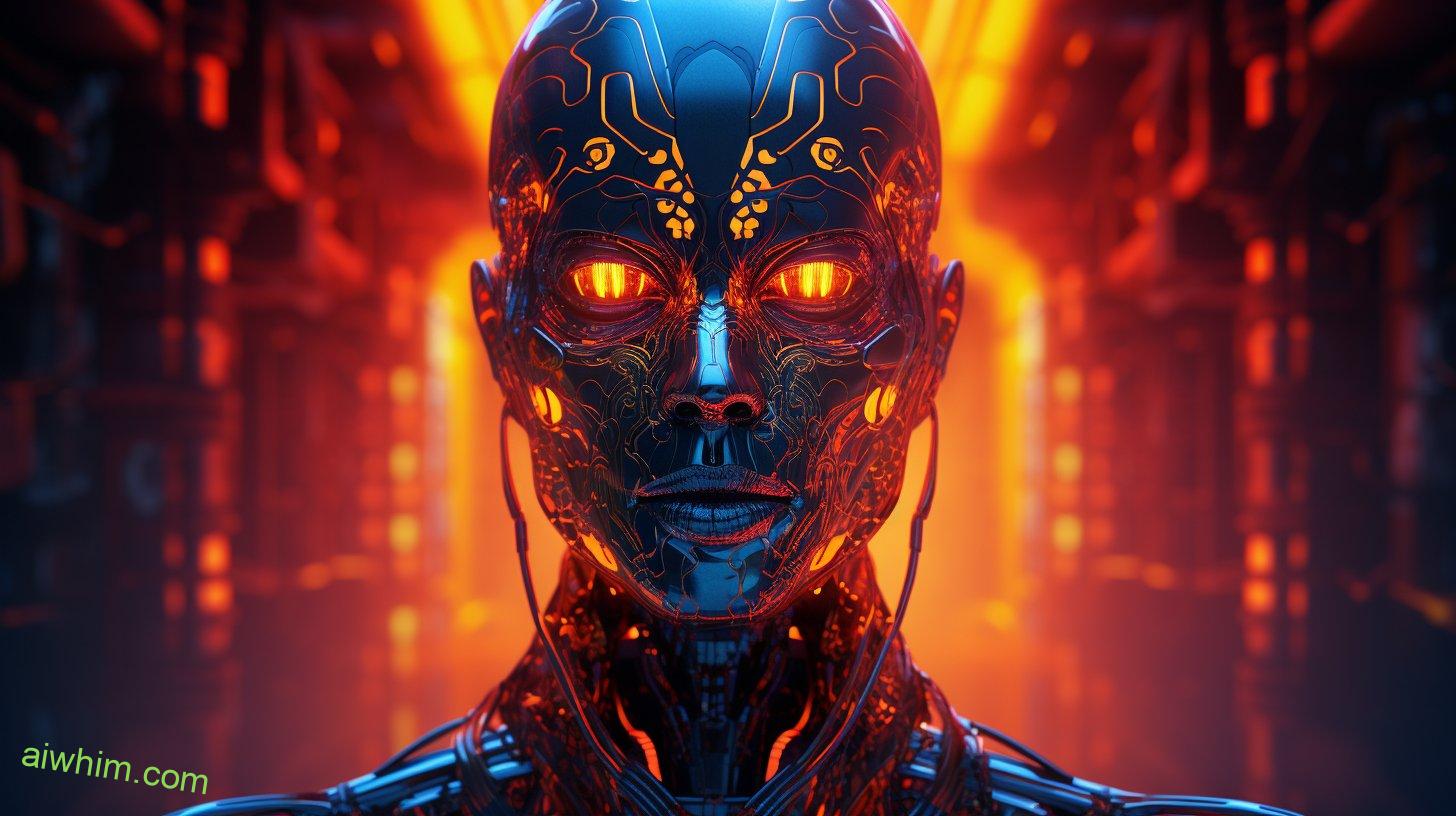
Challenges and Limitations of AI in Drafting
One of the challenges and limitations in drafting is that AI technology may not always accurately capture the nuances and intricacies required in complex design tasks. While AI has made significant advancements in various fields, when it comes to drafting, there are still some hurdles to overcome.
One of the main challenges lies in the ability of AI to understand and interpret context. Drafting often involves understanding specific project requirements, local regulations, and other intricate details that may vary from one location to another. It requires a deep understanding of not only technical aspects but also cultural and societal factors that can influence design decisions. AI technology may struggle with capturing these contextual elements accurately.
Another limitation is the lack of creativity exhibited by current AI systems. Drafting often requires thinking outside the box, coming up with innovative solutions, and incorporating unique design elements. While AI can assist with repetitive or mundane tasks, it may fall short when it comes to generating truly original ideas or pushing boundaries. The human touch is invaluable in this aspect.
Furthermore, drafting involves constant collaboration and communication between different stakeholders such as architects, engineers, and clients. The interactive nature of these discussions allows for a dynamic exchange of ideas and feedback which can be challenging for AI systems to replicate effectively.
Despite these challenges and limitations, there is still immense potential for AI in drafting. As technology continues to advance, we can expect improvements in accuracy and context understanding capabilities. However, it’s important to recognize that human involvement will always be crucial in harnessing creativity, adapting designs based on client needs or preferences, and ensuring that projects adhere to ethical considerations.
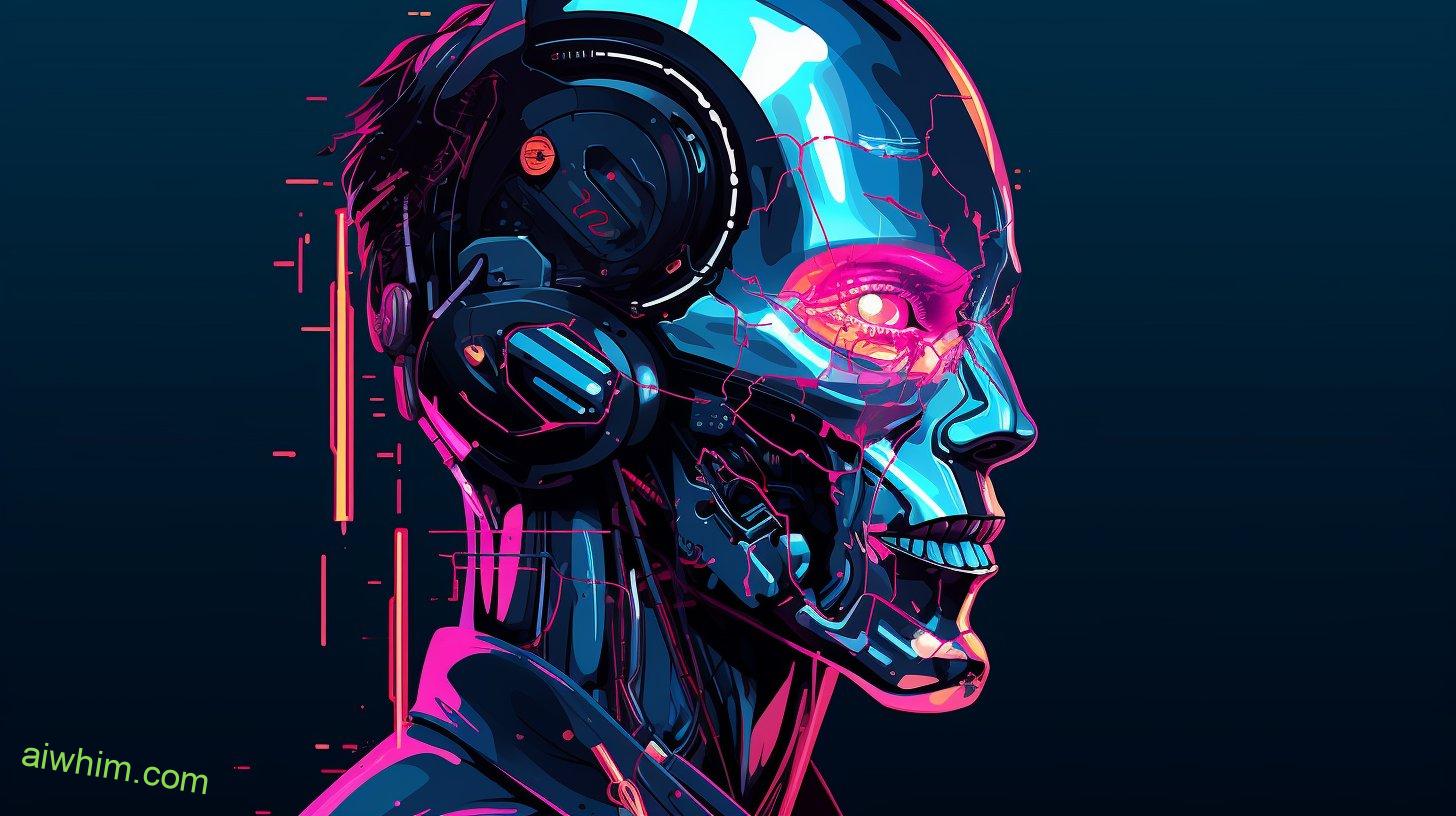
AI Vs Human Drafters: a Comparative Analysis
You may find it interesting to compare the capabilities and limitations of AI systems with those of human drafters in order to gain a deeper understanding of their respective roles in the drafting process. Here are three key points to consider:
- Human Creativity: One area where human drafters excel is in their ability to bring a unique creative perspective to the table. They have the capacity to think outside the box, come up with innovative solutions, and incorporate their own personal touch into their work. This level of creativity adds depth and originality to legal documents that AI systems may struggle to replicate.
- AI Efficiency: On the other hand, AI systems offer unparalleled efficiency when it comes to drafting tasks. With advanced algorithms and machine learning capabilities, they can quickly analyze vast amounts of data, extract relevant information, and generate drafts at an impressive speed. This efficiency can help streamline processes and save valuable time for legal professionals.
- Collaboration Potential: While AI systems may be efficient, they currently lack the ability to understand complex nuances or exercise judgment like human drafters do. However, when used in conjunction with human expertise, AI can prove invaluable. By harnessing the power of both human creativity and AI efficiency, legal professionals can collaborate effectively on drafting projects, combining their strengths for optimal results.
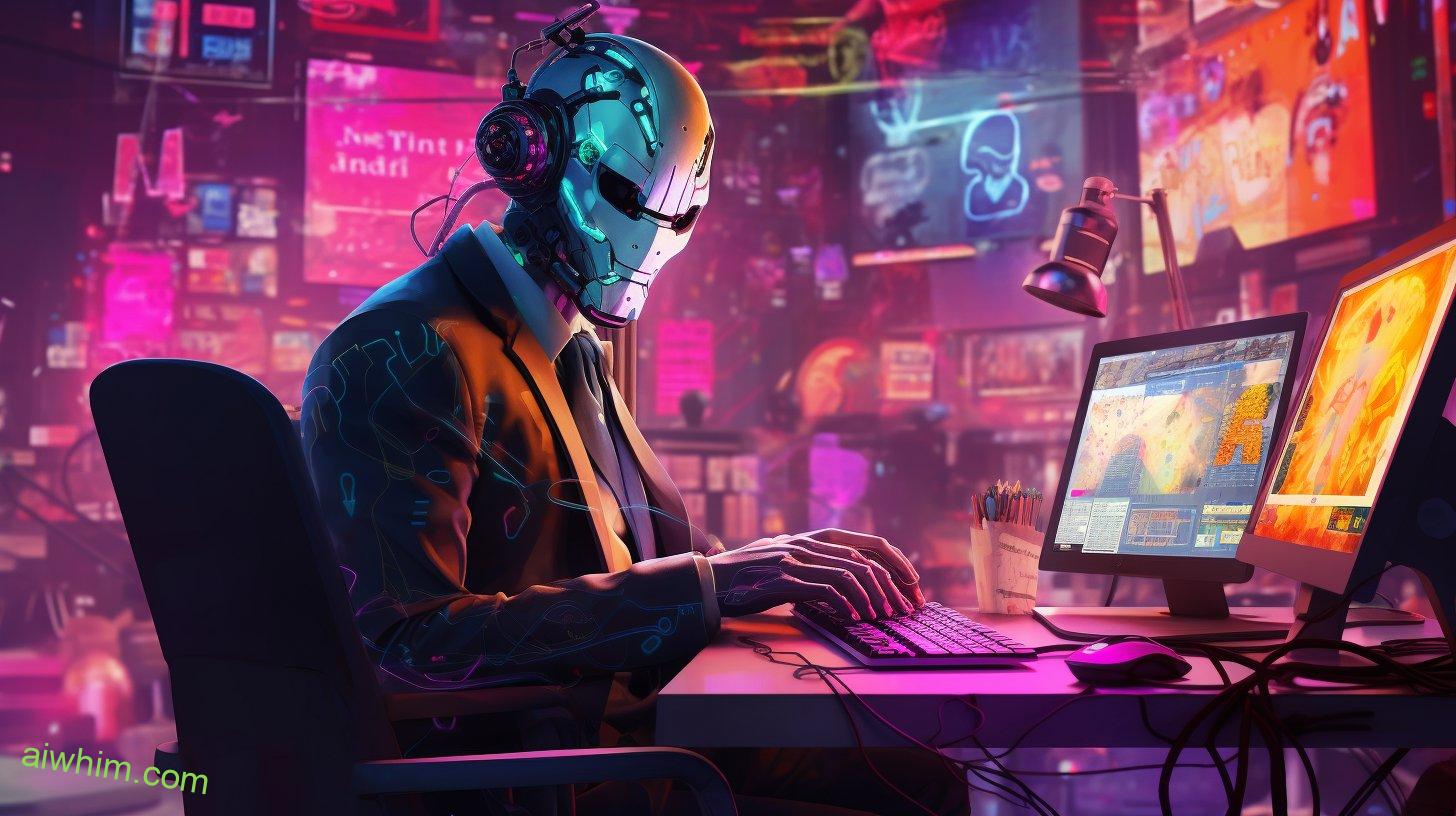
The Future Outlook for Civil Drafting With AI
The future outlook for civil drafting with AI appears promising as advancements in technology continue to enhance efficiency and streamline the drafting process. While there may be concerns about job security for civil drafters, it is important to recognize that AI is not intended to replace human workers, but rather to augment their skills and abilities.
In the age of AI, training and upskilling are crucial for civil drafters to adapt and thrive in this evolving landscape. As AI becomes more integrated into the industry, it is essential for professionals to stay updated with the latest tools and techniques. By embracing new technologies, civil drafters can leverage AI’s capabilities to improve their productivity and accuracy.
One advantage of incorporating AI into civil drafting is that it can automate repetitive tasks, allowing drafters to focus on more complex design aspects. This shift enables them to use their expertise in a more meaningful way, resulting in higher-quality designs. Additionally, AI systems can analyze vast amounts of data quickly and identify potential errors or inconsistencies that may have been overlooked by human drafters.
While some might fear that AI could lead to job displacement, research suggests that there will still be a need for skilled professionals who can interpret, validate, and refine the output generated by these systems. The role of civil drafters will evolve from manual labor towards strategic decision-making and creative problem-solving.

Ethical Considerations in AI-driven Drafting
Incorporating AI into the drafting process raises important ethical considerations that should be addressed. As we move towards a more automated and efficient future, it is crucial to ensure that our freedom and rights are not compromised. Here are some key points to consider:
- Data Privacy: With AI-driven drafting, there is a significant amount of data involved, including personal information and sensitive legal documents. It is essential to establish robust measures to protect this data from unauthorized access or misuse. Transparency in how data is collected, stored, and used is paramount in maintaining individual privacy.
- Algorithm Bias: AI algorithms are trained using vast amounts of data, which can inadvertently introduce biases into the system. These biases can affect decision-making processes in drafters and potentially perpetuate social inequities. It is crucial to continually monitor and evaluate the algorithms used in drafting to identify and mitigate any bias present.
- Human Oversight: While AI can automate many aspects of the drafting process, it should never replace human oversight entirely. The final decisions made by an AI-powered drafter should always be reviewed by a human expert who understands the nuances of legal language and ethics. Human involvement ensures accountability for any errors or issues that may arise.

Strategies for Success in a AI-driven Drafting Environment
To thrive in an AI-driven drafting environment, it’s essential to adapt your skills and embrace the opportunities presented by automation. Technology is constantly evolving, and civil drafting is no exception. The advancements in AI have the potential to greatly enhance efficiency and accuracy in the field. However, this does not mean that your role as a drafter will become obsolete. On the contrary, with the right strategies, you can achieve even greater success in this AI-driven drafting environment.
One key strategy for success is to focus on developing complementary skills alongside technology. While AI can automate certain tasks, there will always be a need for human creativity and critical thinking in civil drafting. By honing your problem-solving abilities and staying up-to-date with industry trends, you can position yourself as an invaluable asset to any team.
Another important strategy is to continuously adapt and learn new technologies. Embrace the advancements that AI brings to the table and seek out opportunities to expand your knowledge in this area. This could involve taking courses or attending workshops that specifically address AI-driven drafting tools.
Collaboration is also crucial in an AI-driven environment. Building strong relationships with colleagues who specialize in different areas of expertise can lead to more efficient workflows and better outcomes. By working together, you can leverage technology while still maintaining control over the process.

Frequently Asked Questions
What Are the Key Responsibilities of Civil Drafters in the Industry?
As a civil drafter, your key responsibilities include creating accurate and detailed drawings of structures, collaborating with engineers and architects, and ensuring compliance with industry standards. Your importance lies in translating designs into tangible plans using your specialized skills.
How Does AI Technology Specifically Impact the Drafting Process?
AI technology advancements in drafting have greatly impacted the process. With AI’s ability to automate tasks, it can streamline drafting processes, increase efficiency, and reduce human errors.
What Are the Latest Advancements in AI Technology That Are Being Used in Drafting?
AI advancements in drafting are revolutionizing the industry. With cutting-edge technology and applications, AI can streamline processes like never before. Embrace the freedom that comes with AI’s ability to enhance efficiency and accuracy.
Can You Provide Some Examples of the Potential Benefits of Adopting AI in Civil Drafting?
By adopting AI in civil drafting, you can experience improved accuracy and increased efficiency. AI technology has the potential to streamline processes, reduce errors, and enhance productivity, benefiting both individuals and organizations in the field.
What Are the Main Challenges and Limitations That AI Faces in the Drafting Industry?
Challenges and limitations in the drafting industry include AI’s inability to replicate human creativity, adapt to complex design requirements, and ensure legal compliance. These obstacles suggest that AI cannot eliminate the need for civil drafters.
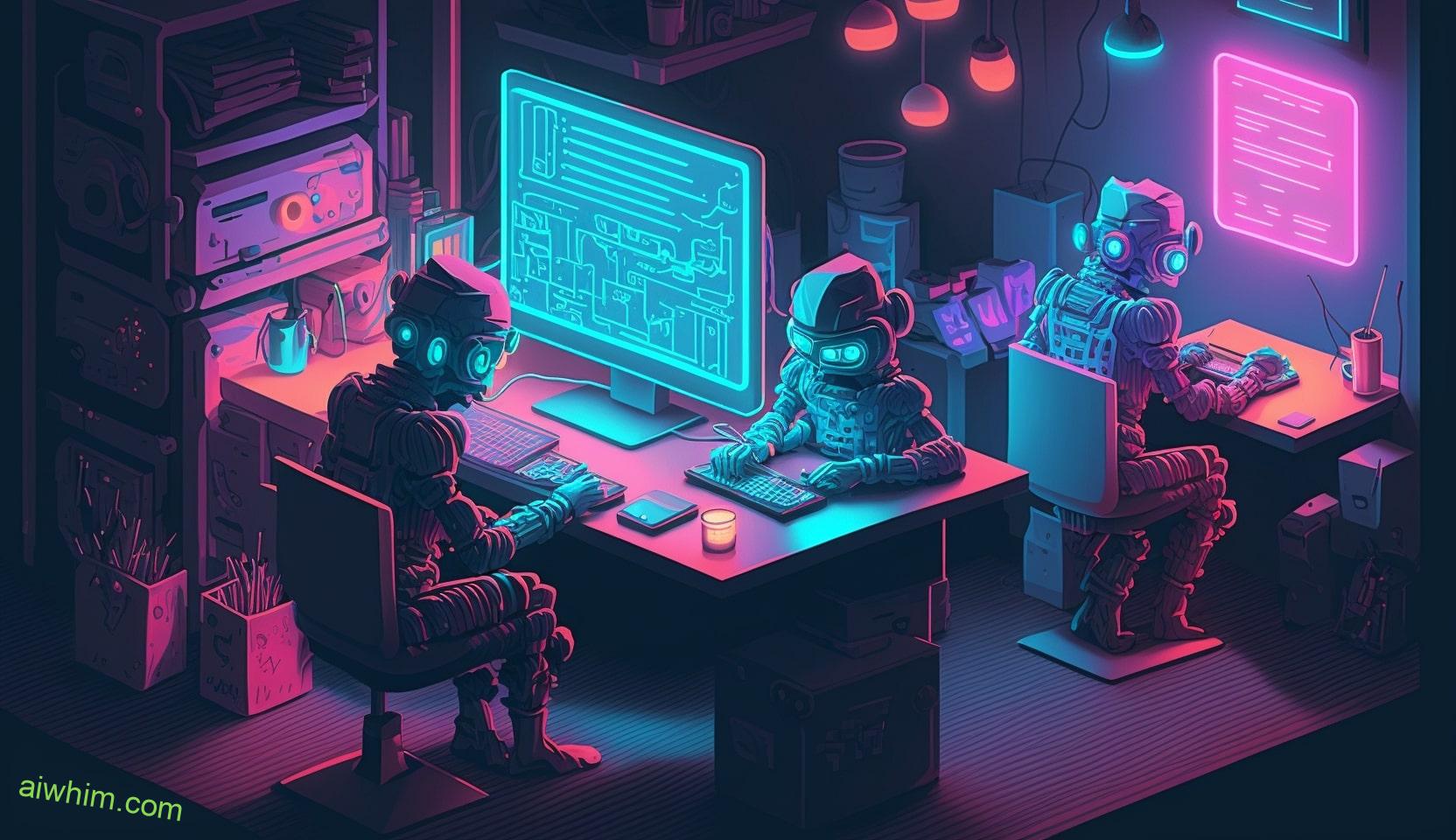
Conclusion
In conclusion, AI has the potential to greatly impact the field of civil drafting. With advancements in technology, AI can automate many tasks currently performed by human drafters, leading to increased efficiency and productivity.
While there are challenges and limitations to consider, such as ethical concerns and the need for human oversight, it is clear that AI is here to stay in the drafting industry.


